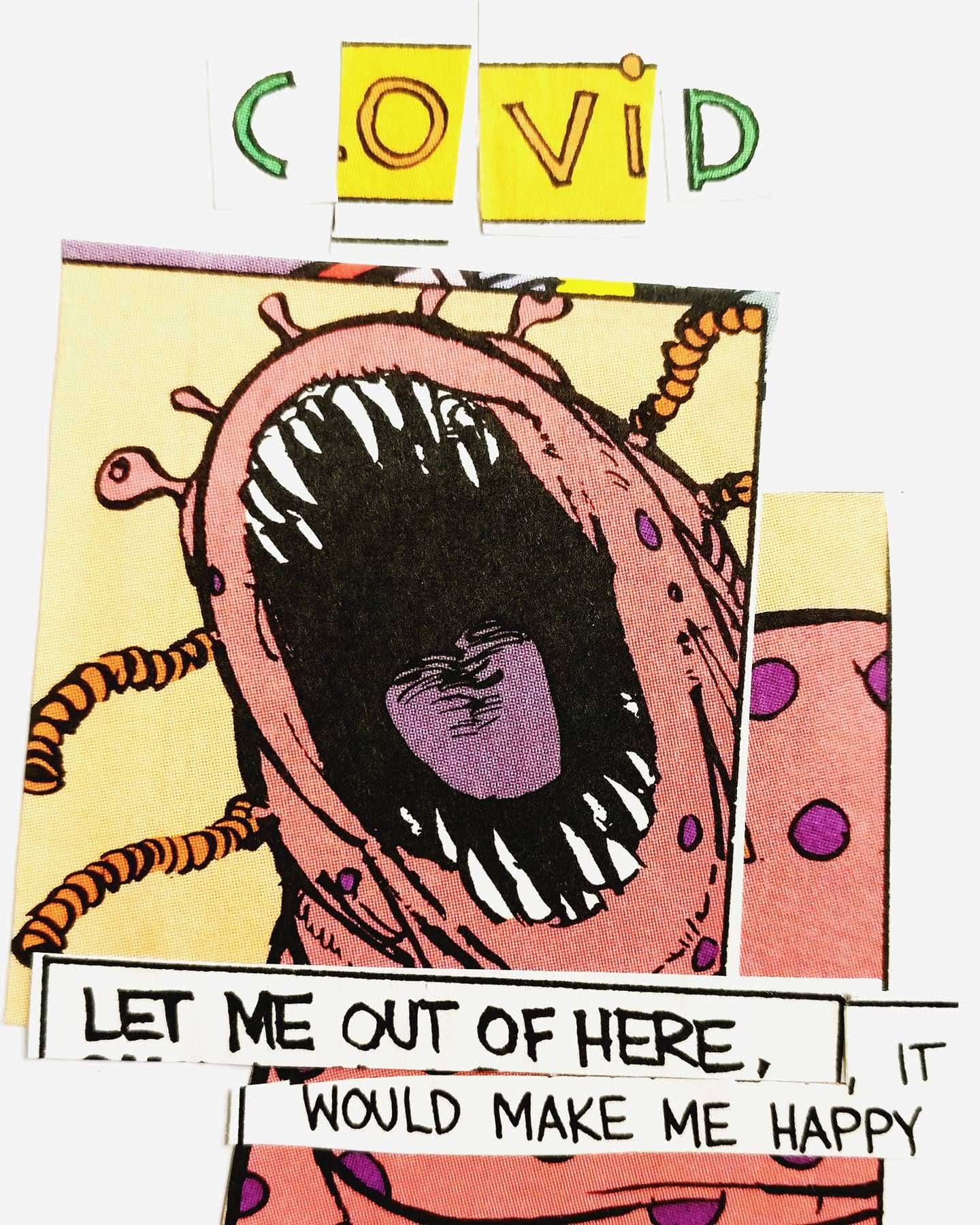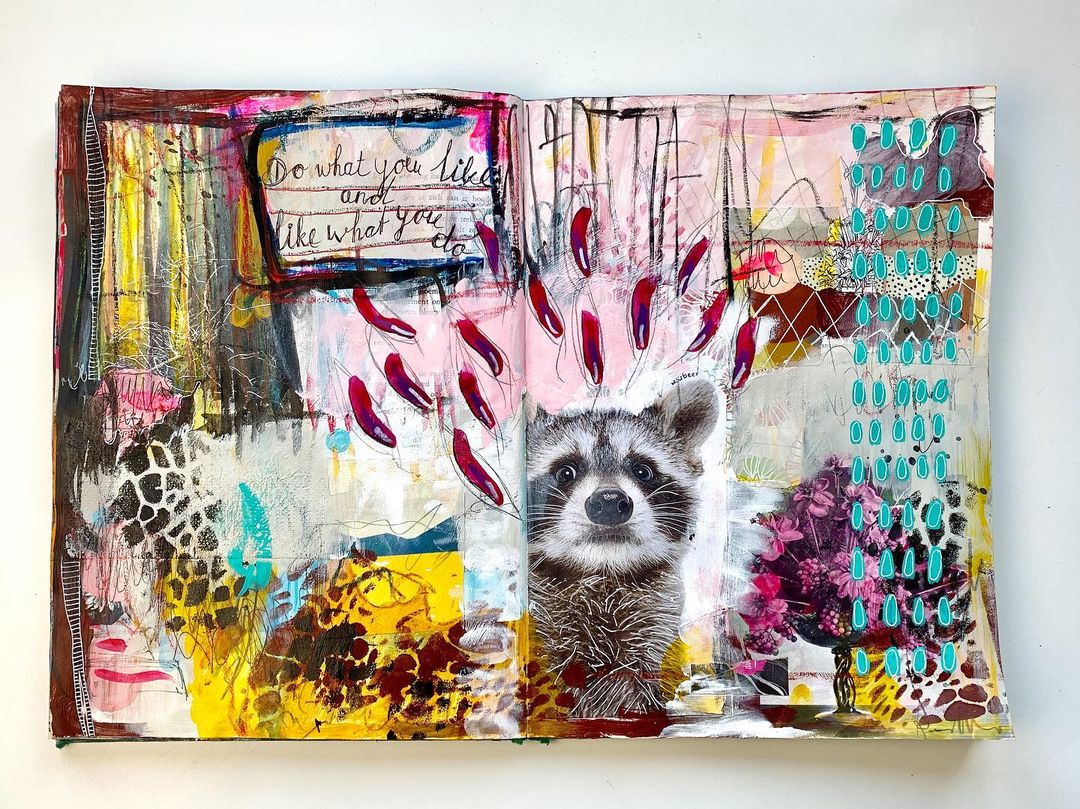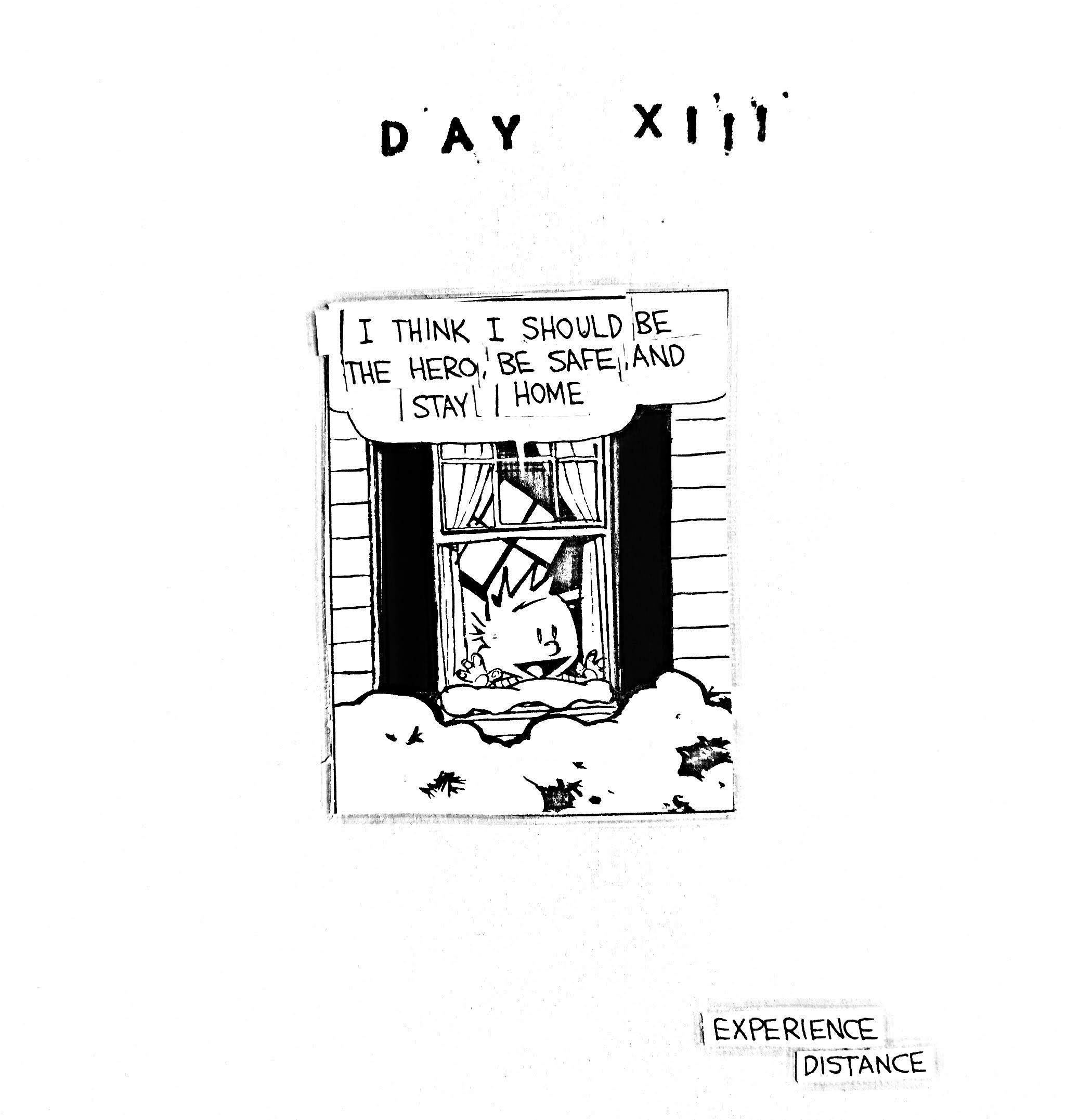This website uses cookies so that we can provide you with the best user experience possible. Cookie information is stored in your browser and performs functions such as recognising you when you return to our website and helping our team to understand which sections of the website you find most interesting and useful.
Author: Ingrid Murray
-

Even So
•
I have been working from home for more than two weeks now, cocooned in my apartment. Meanwhile, the coronavirus pandemic continues sweeping the globe, and the transition from normal life has been a hard and sudden transition.
-

COVID & HOBBES: Week 1
•
When words fail, create. Here is a new series I’ve been working on — a daily Calvin and Hobbes remix, the coronavirus version. I call it “COVID & HOBBES”.
-

Art Journal Inspiration: Mixed Media
•
I have a deep love of mixed media in art journaling. Check out these fabulous artists and their incredibly rich pages.
-

My Toolbox: Birch Panels
•
A few weeks ago, though, I decided to try out wooden panels. They don’t come in as wide a variety of sizes as canvas, but is a good place to start broadening my horizons while working on a surface that retains some of paper’s characteristics.


